The Biophilic Office
The World Health Organisation expects stress-related illnesses such as mental health disorders and cardio-vascular disease to be the two largest contributors to disease by 2020. As 90% of people's lives is spent in buildings, this means the built environment can play a significant part in preventing ill health and promoting a positive approach to health and wellbeing.
Biophilia (meaning a love of nature) focuses on a human’s innate attraction to nature and natural processes. American biologist and researcher Edward O. Wilson introduced and popularised this hypothesis in his book, 'Biophilia' (1984) defining this as 'the urge to affiliate with other forms of life'.
Biophilic design uses these ideas as principles to create a human-centred approach that when applied improves many of the spaces that are lived and worked in today, with numerous benefits to health and wellbeing.
Incorporating direct or indirect elements of nature into the built environment have been demonstrated to reduce stress, blood pressure levels and heart rates, whilst increasing productivity, creativity and self-reported rates of wellbeing.
In May 2017, BRE announced that they are working closely with architect and interior designer Oliver Heath on a project to evaluate the value of biophilic design to the workplace environment. The project consists of a plan to take a tired and aging 1980s office building on the BRE campus and refurbish it according to biophilic design principles.
The project is named The Biophilic Office and will show how quantified improvements in productivity and wellness can bring rewards for landlords, occupiers, developers and all those concerned with the office environment.
Researchers will carry out a year of pre-refurbishment and a year of post-refurbishment monitoring, evaluating the office environment for daylight, lighting, indoor air quality, acoustic, thermal and humidity comfort. Office occupants will undergo a confidential health evaluation, sign up to a series of online questionnaires and surveys and receive wearable technology to monitor key health metrics.
A design strategy will be developed including tiers of interventions in zones within the office. The products used will undergo laboratory evaluation to establish whether a health and wellbeing potential can be quantified at products level.
This article was originally published here on 9 May 2017 by BRE Buzz. It was written by Simon Guy.
--BRE Buzz
[edit] Related articles on Designing Buildings Wiki
- All about wellness.
- BRE Buzz articles on Designing Buildings Wiki.
- Biophilia and building design.
- Biophilic design.
- Biophilic design and sustainability.
- Biophilic design research.
- Biophilic design - why it matters.
- Biophilic gym.
- Building related illness.
- Green infrastructure.
- Health and productivity in sustainable buildings.
- Temple Farm Development.
- Wellbeing.
- Wellbeing and creativity in workplace design - case studies.
- What we know about wellbeing.
- White Collar Factory.
- Wood and healthy office spaces.
Featured articles and news
Considerate Constructors Scheme acquires Building A Safer Future
Acquisition defines a new era for safety in construction.
AT Awards evening 2024; the winners and finalists
Recognising professionals with outstanding achievements.
Reactions to the Autumn Budget announcement
And key elements of the quoted budget to rebuild Britain.
Chancellor of the Exchequer delivers Budget
Repairing, fixing, rebuilding, protecting and strengthening.
Expectation management in building design
Interest, management, occupant satisfaction and the performance gap.
Connecting conservation research and practice with IHBC
State of the art heritage research & practice and guidance.
Innovative Silica Safety Toolkit
Receives funding boost in memory of construction visionary.
Gentle density and the current context of planning changes
How should designers deliver it now as it appears in NPPF.
Sustainable Futures. Redefining Retrofit for Net Zero Living
More speakers confirmed for BSRIA Briefing 2024.
Making the most of urban land: Brownfield Passports
Policy paper in brief with industry responses welcomed.
The boundaries and networks of the Magonsæte.
London Build Fire and Security Expo
20-21 Nov and now with new Ambassador Programme..
The Scottish Building Safety Levy
Eight weeks of consultation closing on 18 November.
The grey, the brown and the golden rules of housing
shifting policies from the wild west of housing development.
Future proofing homes that are fit for purpose
Specification challenges and the role of plastic.
Thousands of new homes unlocked for brownfield sites
£68 million to 54 councils for neglected land into new homes.








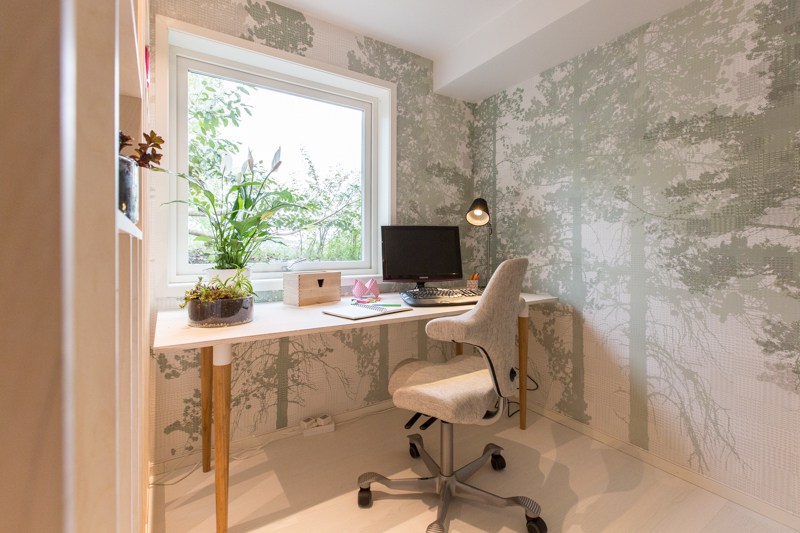

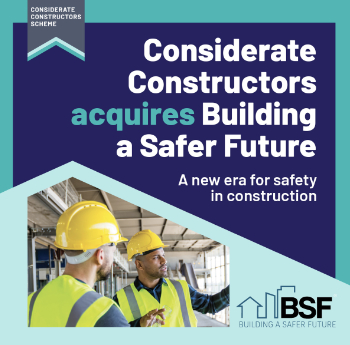





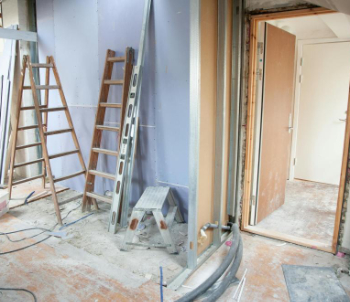





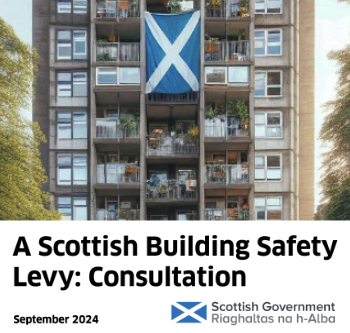

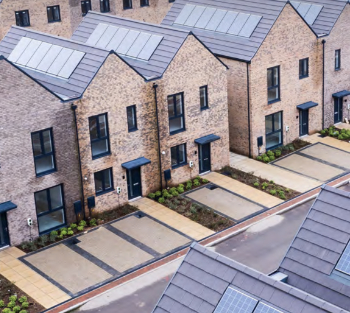
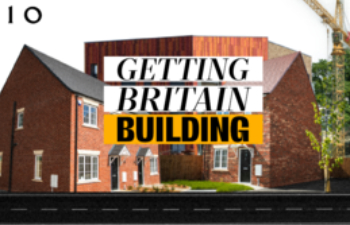
Comments